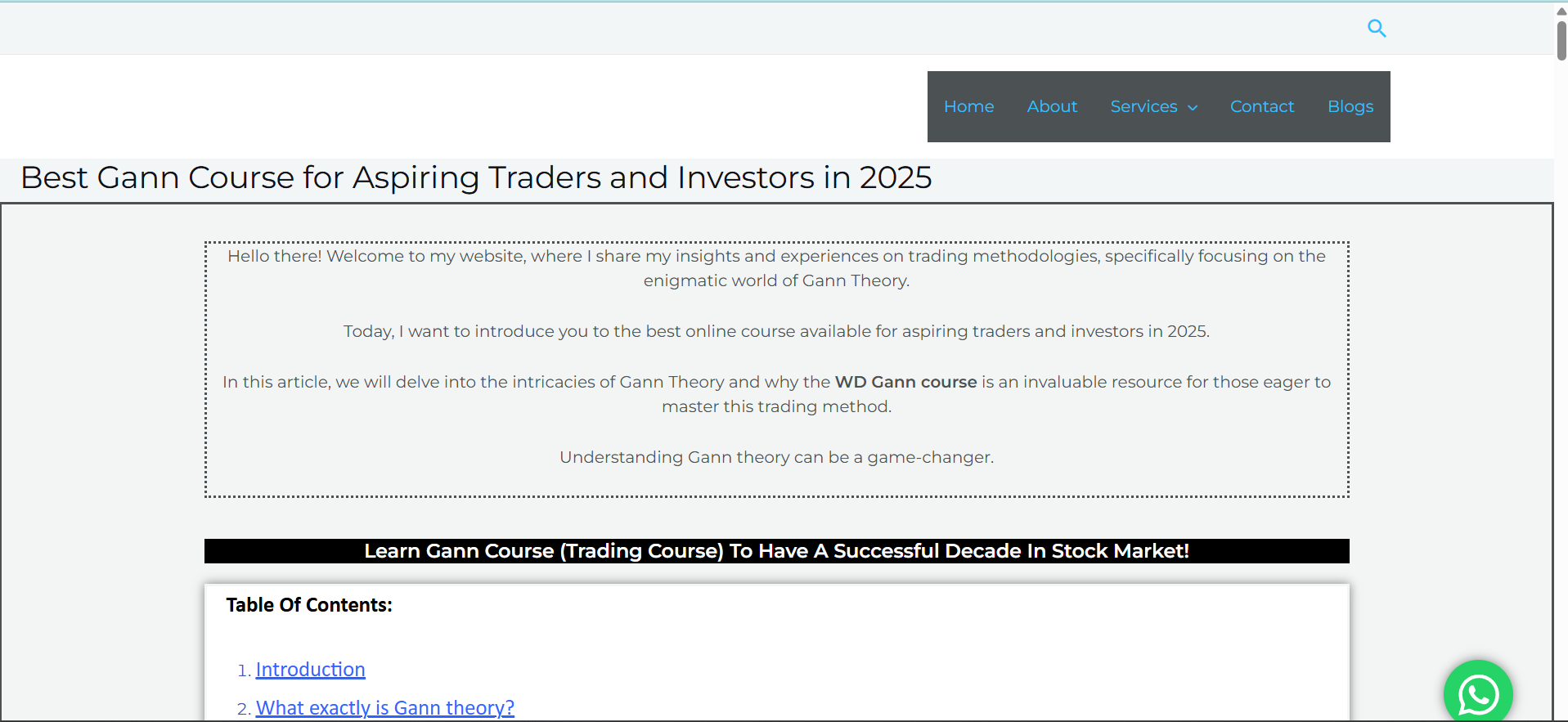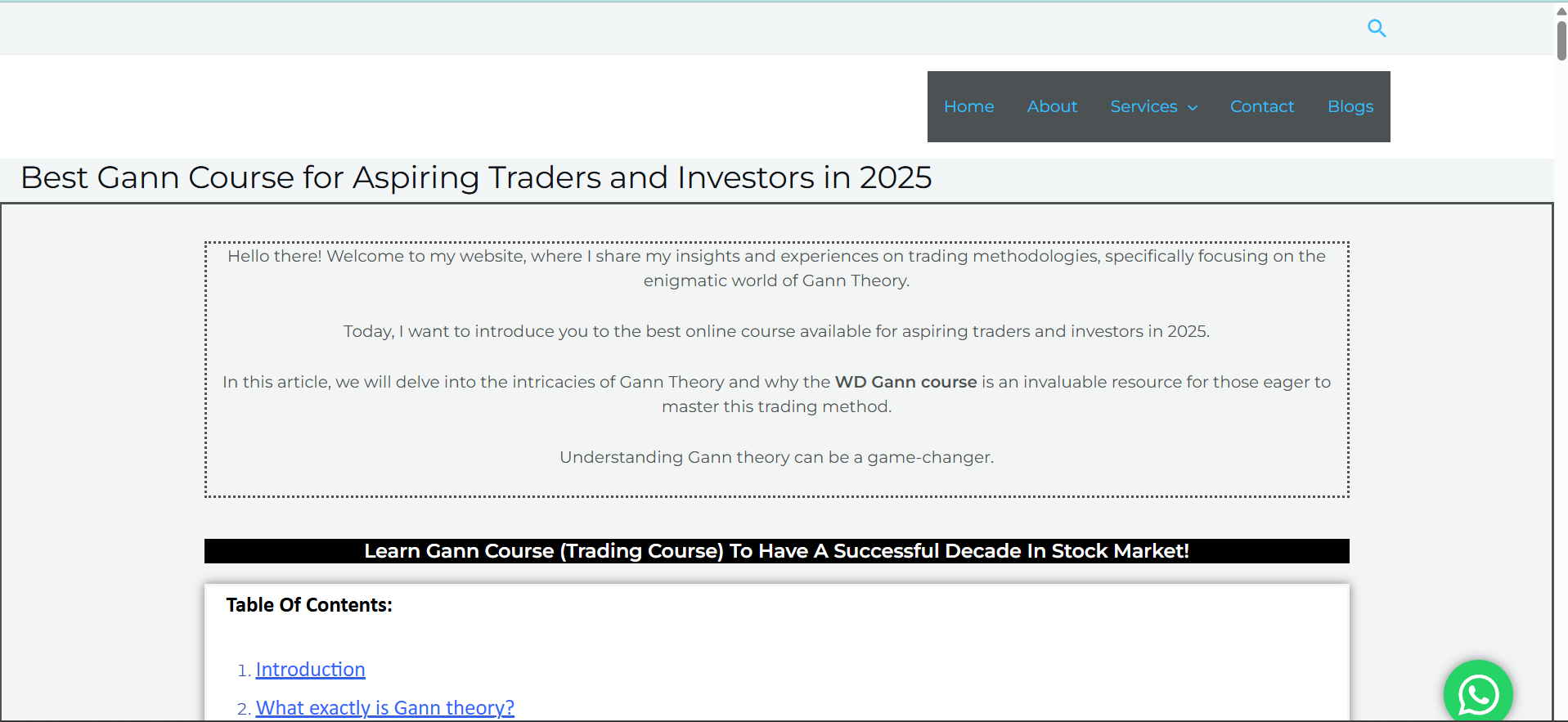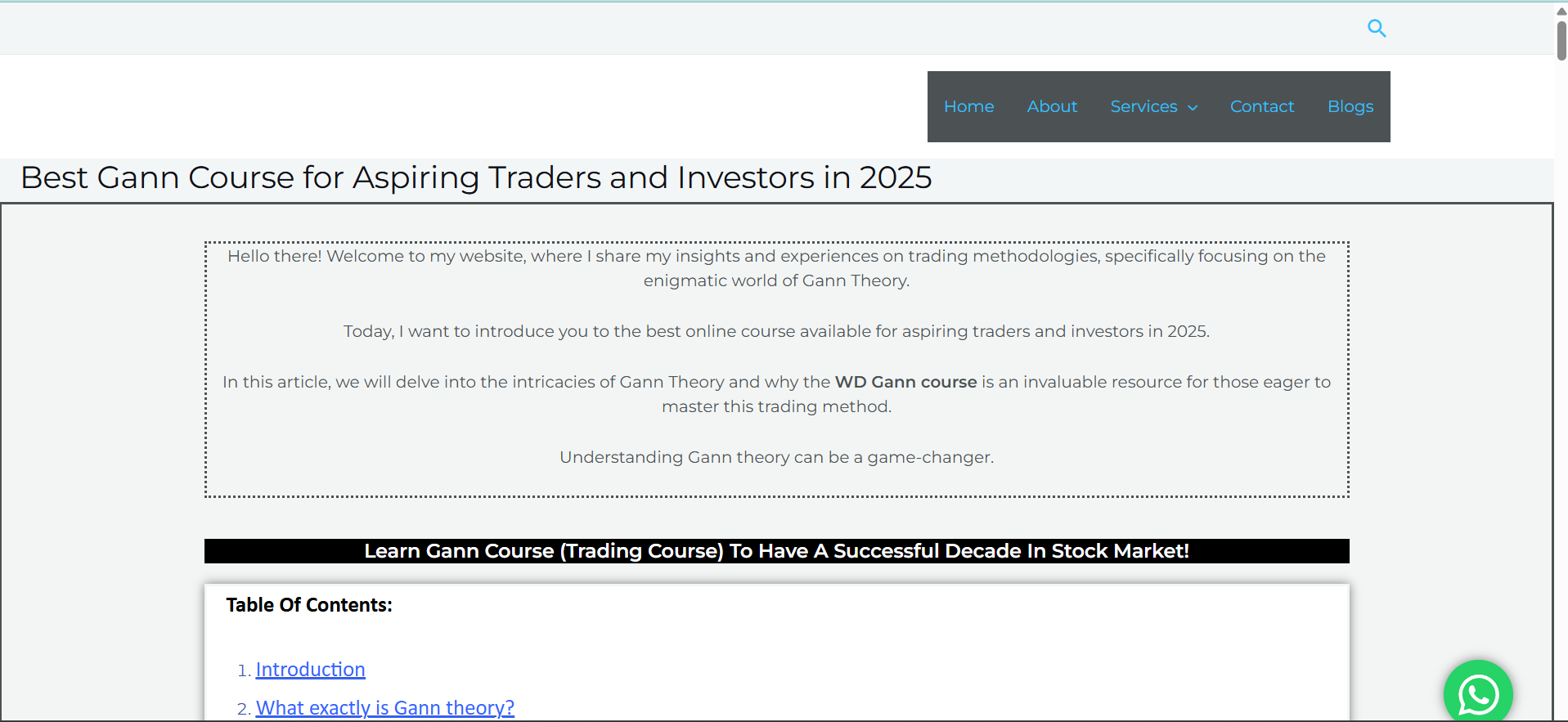Unlocking the Mystery of Gann’s Law of Vibration in Market Forecasting

Strong 8k brings an ultra-HD IPTV experience to your living room and your pocket.
Unlocking the Mystery of Gann’s Law of Vibration in Market Forecasting Introduction W.D. Gann’s trading theories continue to puzzle and inspire traders across generations. Among his many revolutionary concepts, the Law of Vibration stands as one of the most mysterious and misunderstood. This blog dives deep into this lesser-discussed aspect of Gann Theory, aiming to decode its relevance in modern trading and how it can transform your market analysis approach. What is the Law of Vibration? According to Gann, every stock, commodity, and index has its own unique “vibration” — a frequency pattern that determines its movements. Just like a tuning fork resonates at a specific pitch, prices oscillate within certain mathematical and natural frequencies. Gann believed that when we identify and align with this vibration, we can forecast future price movements with uncanny accuracy. The Foundation of the Concept Gann's Law of Vibration is rooted in the idea that: Everything in nature moves in cycles. These cycles can be quantified mathematically. Price and time are interlinked through vibration frequencies. He used tools like the Square of Nine, angles, and planetary cycles to track these vibrations. But at its core, the Law of Vibration tells us to look beyond charts and indicators and instead understand the energy behind price action. Applying the Law of Vibration Today Even though Gann used paper charts and planetary calculations in the 1900s, traders today can use digital tools to analyze vibration patterns. Here's how you can incorporate it: 1. Use Square of Nine to Identify Key Price Levels This tool helps you decode the natural vibration of price levels based on mathematical rotation and angles. 2. Monitor Repeating Time Cycles Track intervals when a stock tends to reverse or accelerate. Gann suggested cycles like 30, 60, 90, and 144 days — vibrations of time that affect price. 3. Study Historical Highs and Lows Every high and low in price history emits a “vibration.” By observing how current price action reacts to those levels, you can align with the same energy wave. also visit --- niraj course Case Study: Vibration in a Real Market Scenario Let’s take an example of a stock like Reliance Industries. Over the last five years, one can observe: Major price turns every 144 days (a Gann vibration number). Reactions near angles derived from the Square of Nine. Price acceleration at intersections of time and price harmonics. This isn’t coincidence — it’s vibration. Why Most Traders Ignore This The Law of Vibration isn’t easy to grasp. It requires a shift from conventional thinking to a more harmonic, cycle-based approach. It’s not about quick profits but about precision and timing. Those who put in the work, however, often find it to be a game-changer. Final Thoughts W.D. Gann’s Law of Vibration is not just a theory — it's a philosophy. It reminds us that markets are living, breathing systems governed by the same natural laws that govern the universe. Understanding this allows you to go beyond price charts and indicators, into the very rhythm of the market. If you’re serious about learning the deeper aspects of Gann’s work, explore our complete Gann Course – Major Aspects of WD Gann Theory and begin your journey into advanced time-price forecasting.
Note: IndiBlogHub features both user-submitted and editorial content. We do not verify third-party contributions. Read our Disclaimer and Privacy Policyfor details.




